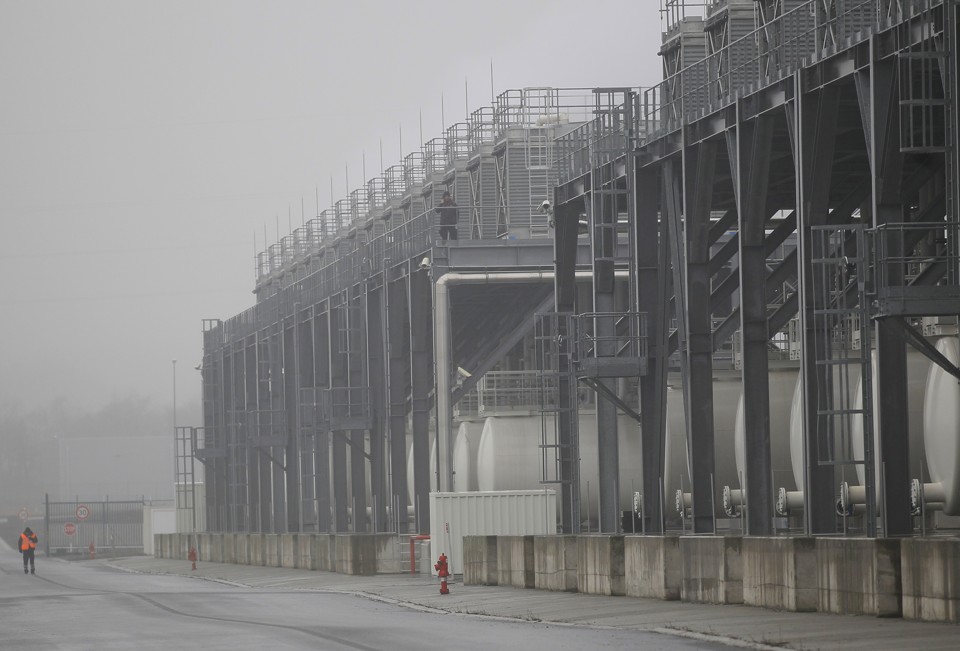In The Atlantic, Ingrid Burrington reports on the complex chain of production, supply, and distribution that goes into calculating the environmental impact of data centers. While big tech companies like Google and Facebook like to tout the efficiency of their data centers, the origins of the energy that they use so efficiently is a much messier story. An excerpt:
“The tech industry is really good at erasing its connections to these more mundane concerns like energy and electricity and maintenance,” Ensmenger noted, highlighting that Silicon Valley has 23 Superfund sites alone as a result of industrial-hardware production.
The impact of data centers—really, of computation in general—isn’t something that really galvanizes the public, partly because that impact typically happens at a remove from everyday life. The average amount of power to charge a phone or a laptop is negligible, but the amount of power required to stream a video or use an app on either device invokes services from data centers distributed across the globe, each of which uses energy to perform various processes that travel through the network to the device. One study (weirdly enough, sponsored by the American Coal Association, its purpose to enthuse about how great coal is for technology) estimated that a smartphone streaming an hour of video on a weekly basis uses more power annually than a new refrigerator.
Both Cook and Cantrell argued that if the energy used by a computational process is renewable, the energy consumed by that process isn’t that big of a deal. And shaming consumers for their Netflix binges doesn’t exactly mobilize a base, and at the end of the day companies have a lot more agency to make technology choices that could lessen their environmental impact. Still, it seems weird that most people—most engineers building the platforms people use every day, even—lack the basic comprehension that different online activities have different energy impacts, or that an individual’s online activities have energy impact at all beyond a laptop’s battery life.
Image: Tanks containing coolant for servers at the Google Data center in Saint Ghislain, Belgium. Via The Atlantic.
